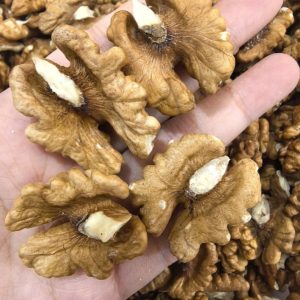Stinging nettles, part of the Urtica genus, are found in various regions worldwide. Their taste is akin to spinach, making them popular in dishes like soups, tea, and more. These plants grow in spring and thrive in moist soil.
While limited, research indicates that nettles are rich in amino acids, minerals, vitamins, and antioxidants. They’re used to combat inflammation and hay fever. However, they interact with certain medications and aren’t recommended for pregnant women due to miscarriage risk.

Nettles are vital to insects, like ladybugs and pollinators, beneficial for home gardens. They contain compounds that serve as natural pesticides against pests like thrips, spider mites, and aphids. Nettle tea is also used as a fertilizer for young plants.
Here’s how to prepare it: Harvest with gloves, cut stalks into mulch, soak in rainwater, and stir occasionally. Fermentation takes 10-14 days.
To use, dilute the concentrated fertilizer at a 1:10 ratio (1 cup fertilizer to 10 cups water) and apply to plant bases every 3-4 weeks. Alternatively, use a 1:20 ratio for a foliar spray to deter pests, but avoid flowering plants. You can also buy nettle extract.
If you encounter nettle stings, don’t touch them. Allow the chemicals to dry for 10 minutes, remove needles with tape, and apply relief measures like aloe vera or hydrocortisone cream. In case of allergies, consult a doctor.
Share this valuable information with your loved ones.





